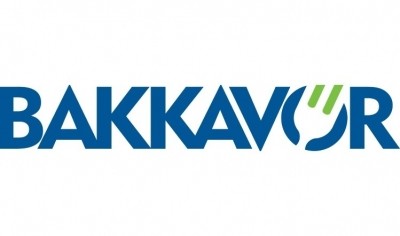Six factors increasing staff turnover and how to avoid them

The group identified six of the major factors in the workplace that could lead to staff turnover, all of which contribute to ‘huge employee turnover costs’.
Little opportunity for growth
Businesses that don’t provide opportunities for employees to progress can cause them to feel stuck in their roles and promote feelings that their hard work and commitment isn’t recognised.
Simple fixes include offering promotions for existing employees rather than hiring externally and communicating with staff to ensure they have clarity on how they need to perform in order for this to be possible – an example being a checklist of targets over a realistic time frame.
Providing relevant training courses for staff would allow them to educate themselves and stay up to date with the sector, providing being an opportunity for growth.
Lack of feedback
Following on from the above, providing employees with regular feedback is a sure-fire way to drive retention and show recognition of their hard work. Regular 1-1s offer the opportunity to provide feedback, as it gives employees the chance to address any areas they are particularly struggling in.
“As an employer, the purpose is not to provide top-down performance feedback, assess the company’s performance, or evaluate the status of certain projects,” Loopin explained.
“Instead, the employee needs to take centre stage. You should ask questions to discover more about their goals and ambitions, as well as any concerns or pain points.”
Micromanagement
As well as limiting creativity, micromanaging employees can imply that you don’t trust employees to make the right decisions on their own. It can also lead to burnout, both hindering productivity and incentivising staff to look elsewhere for employment that offers a more supportive approach to management.
While it can be daunting to let go of projects, Loopin advised to delegate to your team members and allow employees to feel valued, trusted and therefore, confident to complete the task.
“Seeing your employees complete these tasks will help you to see their skills first-hand and allow for timely feedback,” Loopin added. “Managing expectations instead of tasks is essential to zone out of the micromanagement phase and offer more freedom to employees.
“Therefore, ensure that before the task is given to a team member, you have made clear your thoughts and goals on the task at hand. This enhances communication between yourself and the employee and allows them to have clear structure before you trust them with the task.
Lack of flexible working
Implementing flexible working options where employees can be more autonomous and set their own schedules offers a healthier work-life balance; without it, employees may turn to a different company that does provide this benefit.
Loomin suggested setting core hours in which an employee must be present but allowing them to choose when to start and finish. However, factories running shifts and operating lines up to 24 hours a day may find this practice limiting for their businesses and could affect production.
Overworking employees
It may seem obvious, but managers must monitor the workload of all employees and find ways to protect them from burnout and stress caused by unavoidable workloads.
Without doing so, staff are more likely to search for another role that offers a better work-life balance. On the other hand, employees must have enough work and understand their contribution to the make-up of the organisation’s overall mission, vision and success.
“This is another area where regular 1-1s are particularly useful,” Loomin added. “You can use this time to ask questions to your employee about how they are finding the workload and alter it based on their answers.
“Additionally, a preventative employee wellbeing strategy is key to understand how employees are feeling. It’s crucial to offer early support to employees who are feeling stressed, burnt out, or disengaged, which could be related to their workload.”
Feeling undervalued and unappreciated
Should employees feel they are not valued and their contributions go unnoticed, they are likely to lack motivation and consider leaving their current role for one that is more rewarding and enjoyable.
To retain the top talent in your business, you need to understand their concerns, values, needs, and hopes for the future. Efforts should be made to communicate and understand individuals' needs and inspirations, so their hard work can be recognised in a way that has the maximum impact.
A Loopin spokesperson added: “It’s vital that employers consider the reasons for high employee turnover, particularly if they are due to factors that can be prevented in the future. This requires spotting signs at the earliest opportunity and having a true understanding of employee concerns.
“High staff turnover not only affects the efficiency of a business, but also comes at a huge cost to businesses too. It’s essential to understand the reasons why past employees have left to prepare for the foreseeable and secure future business success.”
















